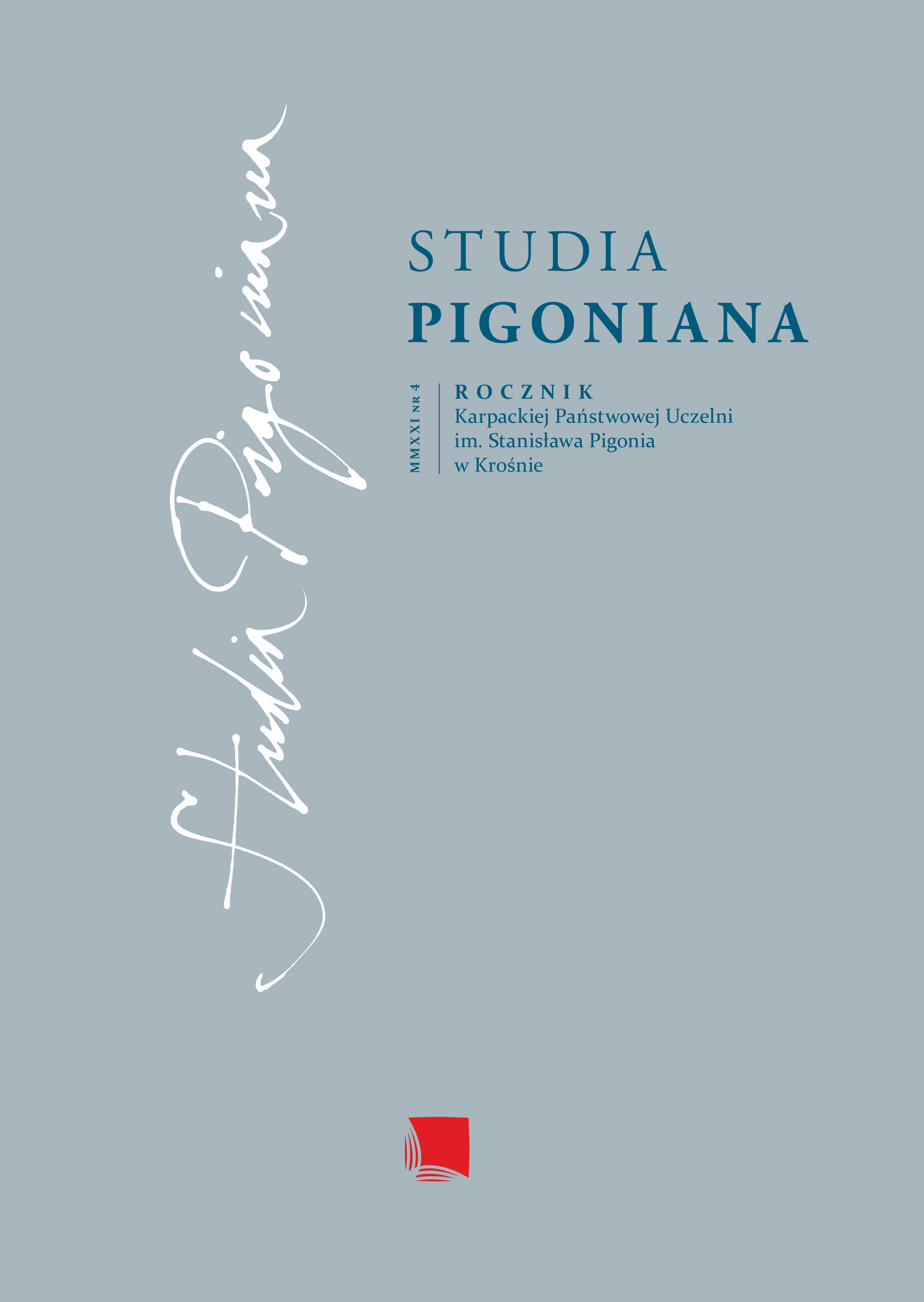Hodegetrie Krakowskie 1400–1550
Cracovian Hodegetria 1400–1550
The Phenomenon of Repeatability of Iconographic Types in Late-Medieval Panel Painting
Author(s): Piotr ŁopatkiewiczSubject(s): Fine Arts / Performing Arts, History of Art
Published by: Wydawnictwo Naukowe PIGONIANUM
Keywords: Cracovian Hodegetria; the phenomenon of repeatability of iconographic types in painting; late-Medieval panel painting
Summary/Abstract: Paintings of Our Lady of Kraków constitute a type of Hodegetria that is still (although incorrectly) referred to as St. Mary of Piekary. The depictions of this type, presenting various half-figures of Mary and the Child, were among the most popular cult objects in the Middle Ages. In Poland, under early Jagiellonian reign, the most renowned Hodegetria was the one held in the Jasna Góra Monastery, with its cult gradually rising up to the national scale. Somewhat earlier, since the beginning of the 15th century, grew the cult of St. Mary of Kraków. However, in contrast to the Częstochowa image, we today know at least fifty Cracovian Hodegetria which were created in that century and were stored in churches of the Kraków diocese. The practice of copying depictions of Mary was widespread in Medieval Europe. However, such endeavours were typically short-term, with a local scope, and any given series of reproductions would not exceed several or a dozen copies. In this context, the initiatives that gave rise to the Cracovian series can be regarded as largely unprecedented on the European scale. It is indeed impossible to find an undertaking that could match the extent of the Cracovian initiative, both in terms of the number of reproductions (we know of approx. 80 of such dating back to before mid-16th century), and its time frame (the practice of copying the model painting is still alive today). Currently, it is increasingly more probable that the key to answering this question might be the apotropaic function ascribed to the depictions. The source of this interpretation is the incipit taken from the antiphon, closely linked with the paintings: Regina coeli…. According to the legend told by Wilhelm Durand, when in the times of Pope Gregory I Rome was struck by a dangerous epidemic, the pope ordered a procession carrying the depiction of Mary. At that point, Angels appeared at the painting, chanting the hymn: Regina coeli…, after which the epidemic ceased. It is highly likely that the Cracovian Hodegetria were the first paintings in Poland in which the text of the antiphon: Regina coeli… was combined with the depiction of Madonna. The inscription appearing either in the rim of the halo or on the frame of the painting was one of the original components of this iconographic type. The chief reasons for associating the Cracovian Hodegetria images with Durand, who emphasized the protective powers of the paintings against the plague, include the sheer scale of the phenomenon, the extraordinary number of the depictions, their spread within the Kraków diocese, as well as the long history of their copying. The causes, circumstances and beginnings of the initiative leading to the widespread copying of paintings of Madonna and the Child in Kraków – intended to be kept in churches situated mainly in the former Kraków diocese – have been explained at least in part. Unfortunately, the copied original has been irretrievably lost, and the currently-known records about the paintings that were once held in the churches of the former capital do not provide grounds to regard them as original works that directly put the series of reproductions into motion. One may hope that the forthcoming conservation-related discoveries, supported by research by art historians, will help better explain the Byzantine (in terms of type) and Italian (in terms of stylistic features) sources of the Cracovian Hodegetria. Perhaps future studies will paint a better picture of the genesis of this cult-related and artistic phenomenon, which – in terms of its reach, duration and, in particular, the number of reproductions – remains an unprecedented phenomenon across late-Medieval Europe.
Journal: Studia Pigoniana
- Issue Year: 4/2021
- Issue No: 4
- Page Range: 183-203
- Page Count: 21
- Language: Polish

